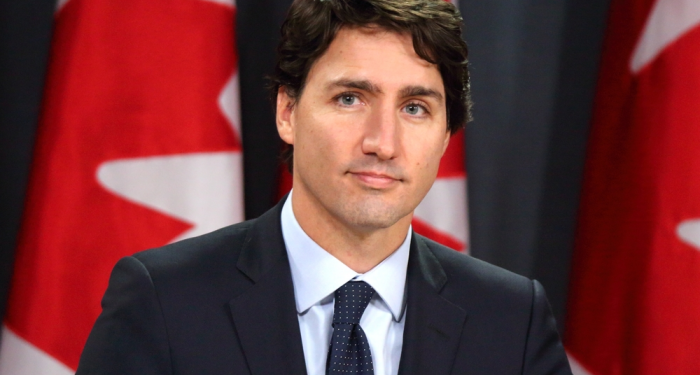NEW DELHI — Canada is experiencing a significant rise in refugee claims, with the current number of individuals seeking asylum far exceeding the capacity for permanent residency. Under Prime Minister Justin Trudeau’s leadership, the country has granted temporary resident status to approximately 2.8 million individuals, a figure that dwarfs the annual cap of 500,000 for permanent residency. This escalating situation is raising concerns about illegal immigration and public sentiment toward the country’s immigration policies.
The Current Immigration Landscape
Recent data reveals that the influx of temporary residents is outpacing the opportunities available for permanent residency. With over 200,000 post-graduation work permits (PGWPs) set to expire next year, many former students are left in a precarious position. Official reports indicate that nearly 70,000 PGWPs will expire between September and December 2024 alone, heightening the urgency for those seeking to secure their status in Canada.
In 2023, 12,500 foreign students, primarily from India, filed for refugee status, marking a staggering 600% increase from 2018. The trend has continued into 2024, with approximately 13,000 asylum claims made in the first eight months by individuals on study permits. In total, there have been about 119,000 refugee claims this year, resulting in a backlog of 250,000 applications at the Immigration and Refugee Board—up from less than 60,000 in 2022.
Alarming Trends and Policy Adjustments
Officials in Ottawa have expressed alarm over the current situation, noting that individuals who do not secure permanent residency may resort to protests or illegal activities to navigate their circumstances. There are concerns that many will take on informal jobs to sustain themselves while avoiding deportation.
Furthermore, subtle changes in immigration policy are emerging, prioritizing French-speaking applicants, who are deemed more employable than their South Asian counterparts. This shift has sparked criticism regarding the fairness of the immigration process and its implications for the diverse student population.
Education and Employment Gaps
A closer examination reveals that many South Asian students are enrolling in less prestigious institutions, such as Conestoga College in Ontario, which boasts an enrollment of around 32,000 foreign students—accounting for over 75% of its total student body. While the Trudeau administration was initially perceived as promoting a progressive immigration policy aimed at attracting skilled workers, the outcomes have not aligned with expectations.
Top-tier institutions like the University of Waterloo have seen a decline in international student enrollment due to stringent admission criteria, whereas less selective colleges with lower fees have experienced substantial growth. This situation highlights a mismatch between the government’s objectives and the realities of student admissions.
The Consequences of Policy Misalignment
The apparent failure of Trudeau’s immigration strategy has led to unintended consequences, including a rise in criminal activities among some immigrant populations. As Canada grapples with a growing number of individuals who neither wish to return to their home countries nor meet the criteria for skilled workers, the government faces mounting pressure to address the situation.
Indian nationals, who constitute a significant portion of the international student population in Canada, are particularly vulnerable. Many entered the country under the assumption that they would be able to transition to permanent residency. However, with increasing resentment among the domestic population regarding the influx of immigrants, Trudeau is now compelled to complicate the pathway for PGWPs to gain permanent residency.
Rising Tensions and Domestic Sentiment
The ongoing challenges have ignited a wave of discontent among those who invested substantial resources in pursuing education and residency in Canada. Protests have already begun, with international students advocating for visa extensions and a more straightforward pathway to permanent residency.
As dissatisfaction grows, critics within Canada are questioning Trudeau’s approach to immigration, particularly the decision to allow institutions to profit from the influx of foreign students without adequately considering long-term implications. The fallout from this liberal immigration stance is expected to resonate for years, long after the next election cycle.
Conclusion
Canada stands at a crossroads, facing the dual challenges of managing an unprecedented number of temporary residents while addressing the growing backlog of refugee claims. As Prime Minister Trudeau’s immigration policies come under scrutiny, the government must reassess its approach to ensure a balanced and fair immigration system. The future of many international students hangs in the balance, as they navigate a complex landscape with limited options for permanent residency. The implications of these policies will likely influence Canadian society for years to come, calling for urgent and thoughtful action from policymakers.
Related topics:



















